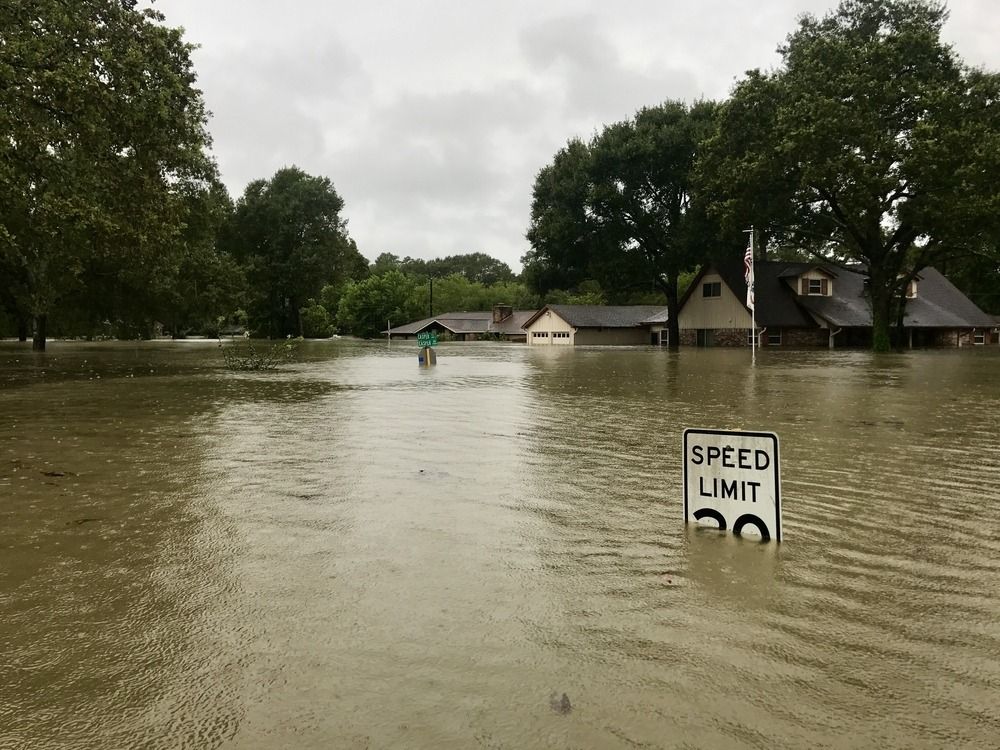Migration and displacement risks due to mean sea-level rise
By R. McLeman | May 4, 2018

If anthropogenic greenhouse gas emissions are not drastically curtailed within the next two to three decades, sea-level rise will displace tens of millions of people worldwide – and potentially many more – in the latter decades of the current century and the early decades of the next. Displacements are already taking place in small communities situated in erosion-prone, low-lying coastal locations. The scale and geographical distribution of displacements will expand as atoll states and densely populated coastal deltas and coastal plains experience growing damage from tropical cyclones, storm surges, and king tides. Many coastal settlements around the world are experiencing rapid population growth, which further increases the number of people at risk. Governments will need to invest heavily in protective infrastructure for high-population-density settlements and to develop strategies for organized relocations of people from high-risk locations that will need to be abandoned. Experience suggests that the costs will be beyond the means of many less-developed and middle-income countries, and that the socioeconomic well-being of those who must relocate will be heavily compromised. An anticipatory “migration with dignity” strategy proposed by the government of Kiribati may be one way to avert worst-case displacement scenarios.
Together, we make the world safer.
The Bulletin elevates expert voices above the noise. But as an independent nonprofit organization, our operations depend on the support of readers like you. Help us continue to deliver quality journalism that holds leaders accountable. Your support of our work at any level is important. In return, we promise our coverage will be understandable, influential, vigilant, solution-oriented, and fair-minded. Together we can make a difference.














